Equipment for working with money. A bit of history

Since mankind invented money, it has faced the need to invent equipment to work with them.
It cannot be said that the equipment for working with money is diverse, but the trends in its appearance and improvement are manifested more clearly. Let us try, in order to satisfy the eternal need for knowledge, to catch these tendencies, to systematize and illustrate.
What, in the first place, did money changers and moneylenders need - the forerunners of modern bankers? That's right, in a large chest for storing money. Remember the classics - “The Miserly Knight”, “The Count of Monte Cristo”, and “Treasure Island”: an essential attribute of wealth was a chest with money and jewels. The chest could be in the basement of the house, or in a secret cave, or be buried in a secluded place - that’s sure.
')
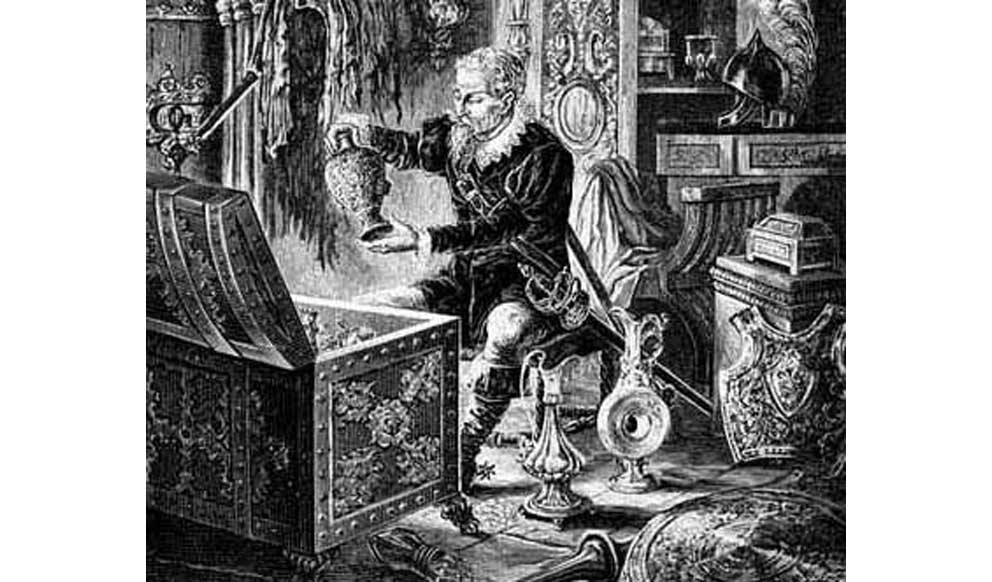
Hence, the equipment for working with money originally performed:
1) a secret, preferably fortified place
2) chest.
Over time, basements, secret caves and earthen holes were transformed into fortified cash rooms with narrow slots in the walls to work with clients. Cash rooms are always at hand and locked like basements, windows in their walls are as narrow as the entrances to the cave, and getting money is as difficult as finding a buried treasure.


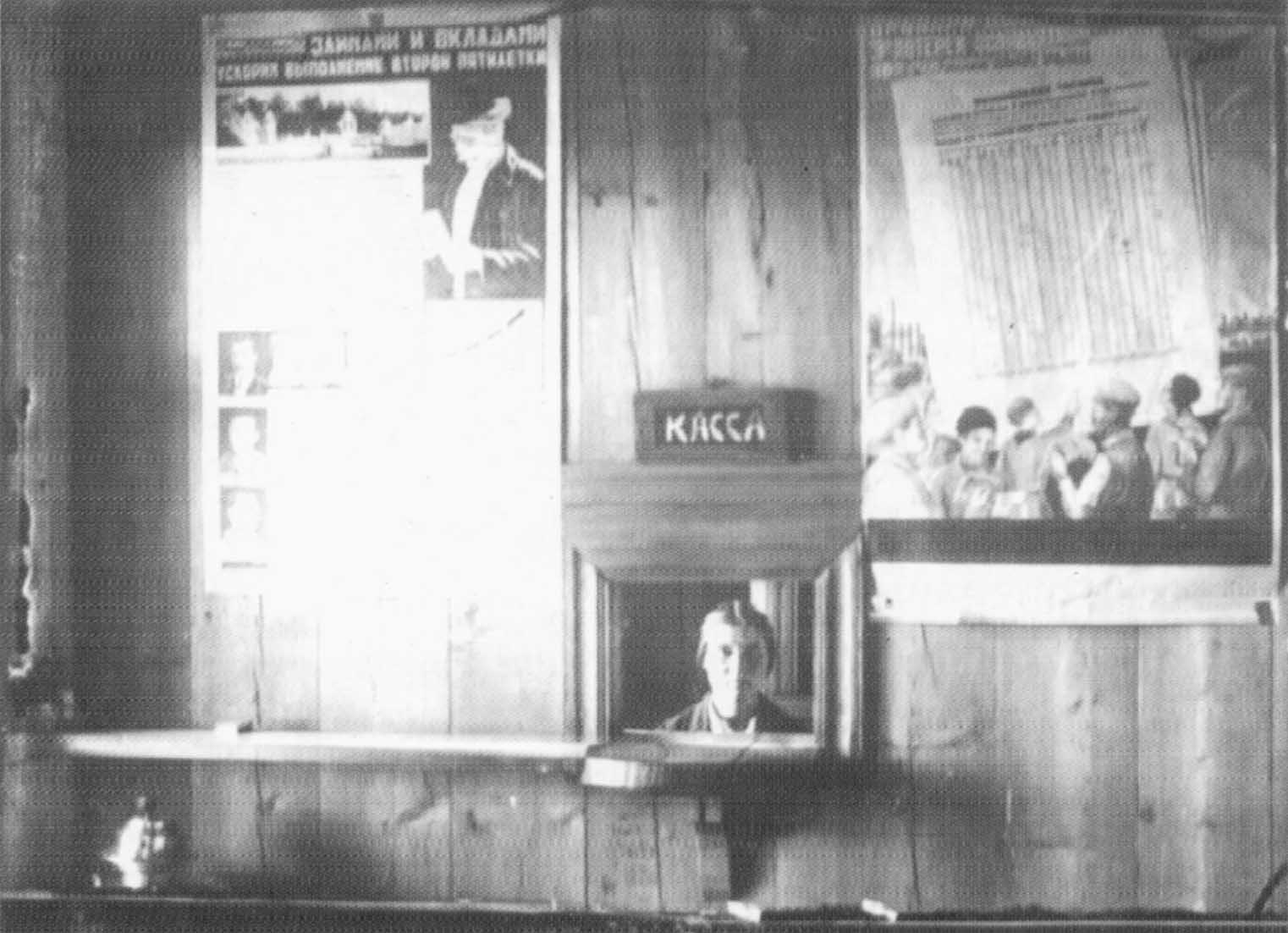
In the first figure - an ad in the pre-revolutionary magazine, on the second - the box office of the consumer society, on the third - the State Labor Bank Savings Bank (already in Soviet times).
Needless to say, what was transformed into a chest for jewels ?! Of course, in fireproof cabinets - safes .
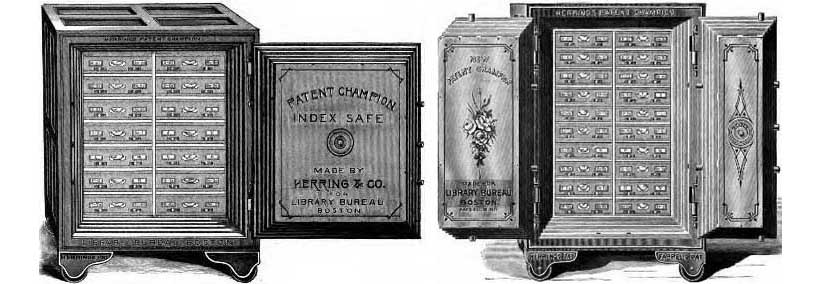
True, the safes showed a serious flaw - they can not be transferred. It was necessary to use lockable boxes and metal boxes instead of unaffordable chests and fireproof cabinets.
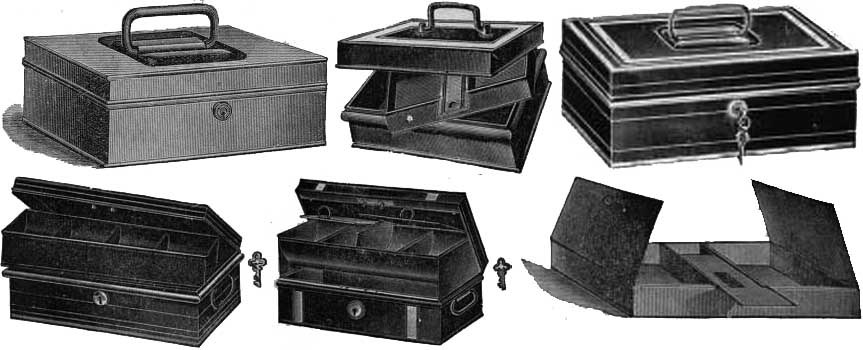
Thus, money was stored behind double locks: door and safe.
But safes and cash rooms are by no means all that is required for respectable food traders (as they used to call bankers or money changers in ancient times). He can not do without the counting devices, with the help of which the debit will converge with the credit, and the profit will be calculated and lovingly recorded in the ledger. In ancient states, abacas were used for this purpose, in medieval Europe special calculating boards or abacus were used, and in Russia, abacus (the works presented below — an engraving by an unknown author and a picture of the artist Kustodiev — date back to the 19th century):

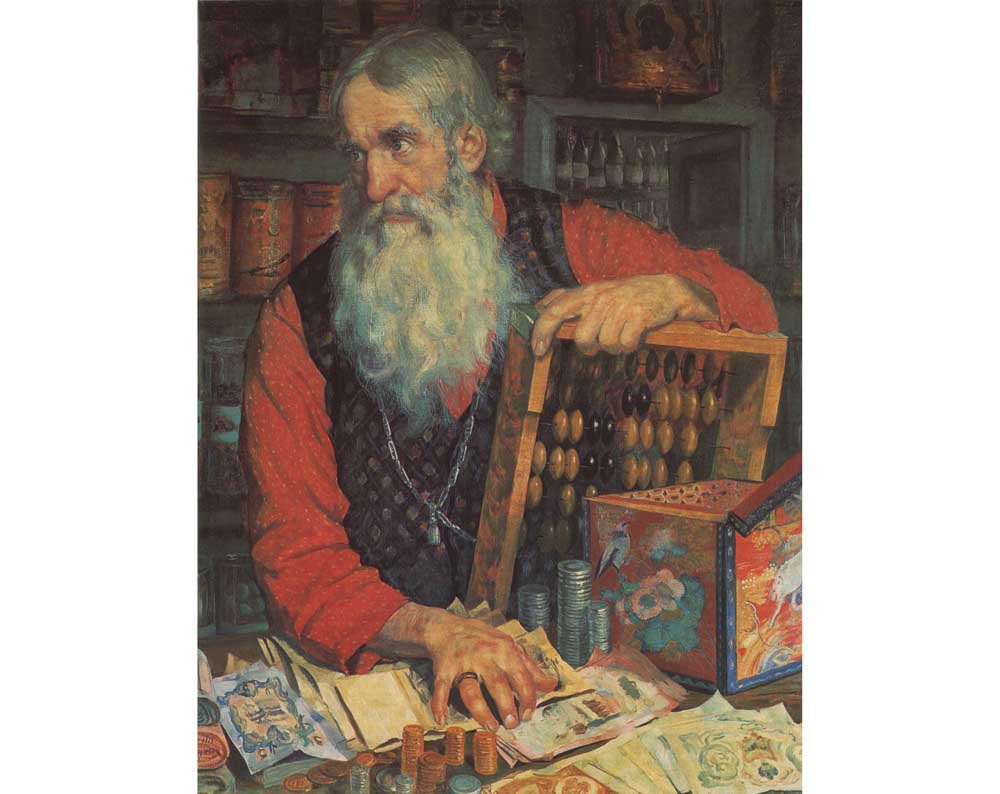
I don’t tell about accounts - a separate post was devoted to them.
By the way, the abacus was sometimes combined with metal boxes: it turned out portable cashier jobs .
Cashier's box:
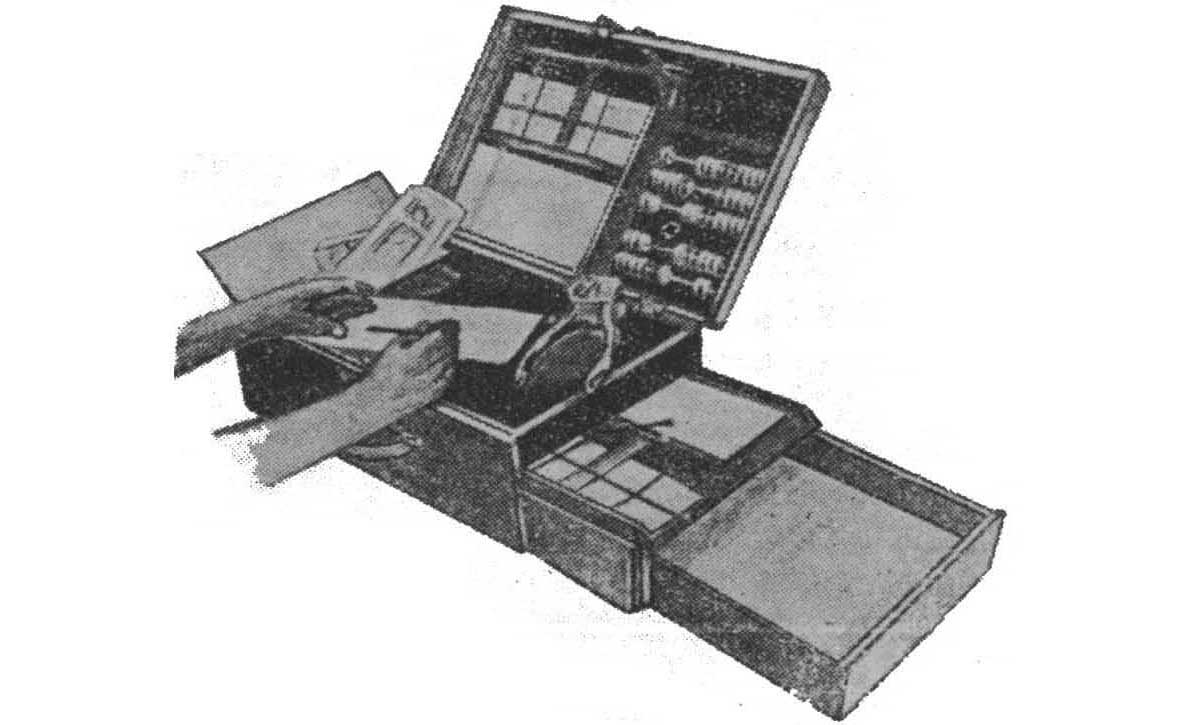
And this is a cashier-collector's box of currency management. Photographed, by the way, "live": this miracle of nature is kept by my friend, in his rich collection of accounting artifacts.
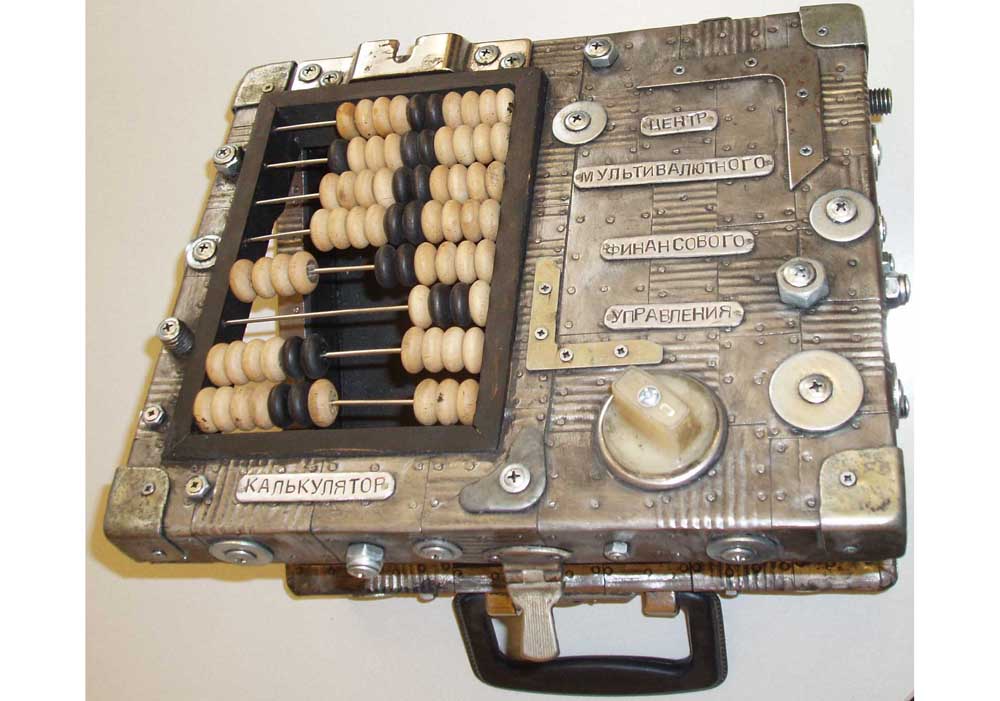
The abacuses used by money changers and usurers in the process of evolution were divided into:
1) the actual counting devices
2) cash registers
3) counters, sorters and packers of money.
I also don’t talk about the actual counting devices, since the topic is titanic in scope, especially since you can count not only money, but other items as well.
Cash registers are a type of device that has spread since the beginning of the last century, since the time when the counting devices combined with printing devices, and which has not sunk into oblivion to this day. Over the past century, their appearance has changed little: cash registers were surprisingly resistant to aging.
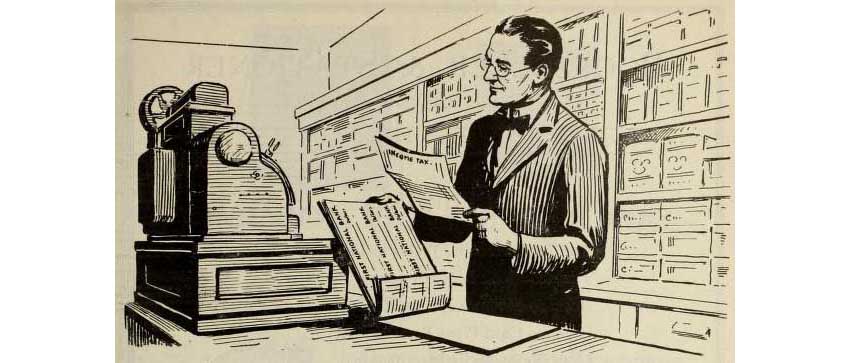


Point three: counters, sorters and money packers . The meager knights, the earls of Monte Cristo, did not dream of treasure hunters - it was important for them to take possession of the jewels, and it seemed simple to count the prey - however, scientific and technical progress made the automation of this simple and fascinating process possible.
It began with the simplest devices such as this stand. On the side scale, it was possible to determine the amount of coins without resorting to their direct recalculation.

The device is of the same type, but a bit more complicated: the Hoffmann counter .
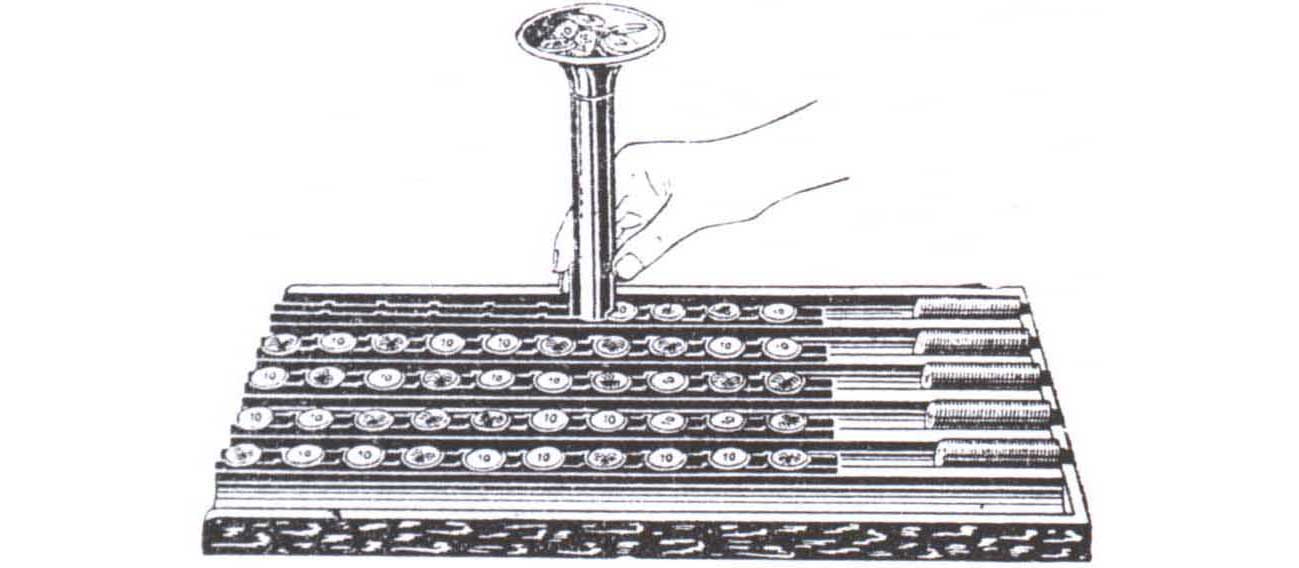
More modern sorters and packers (middle of the last century, apparently):
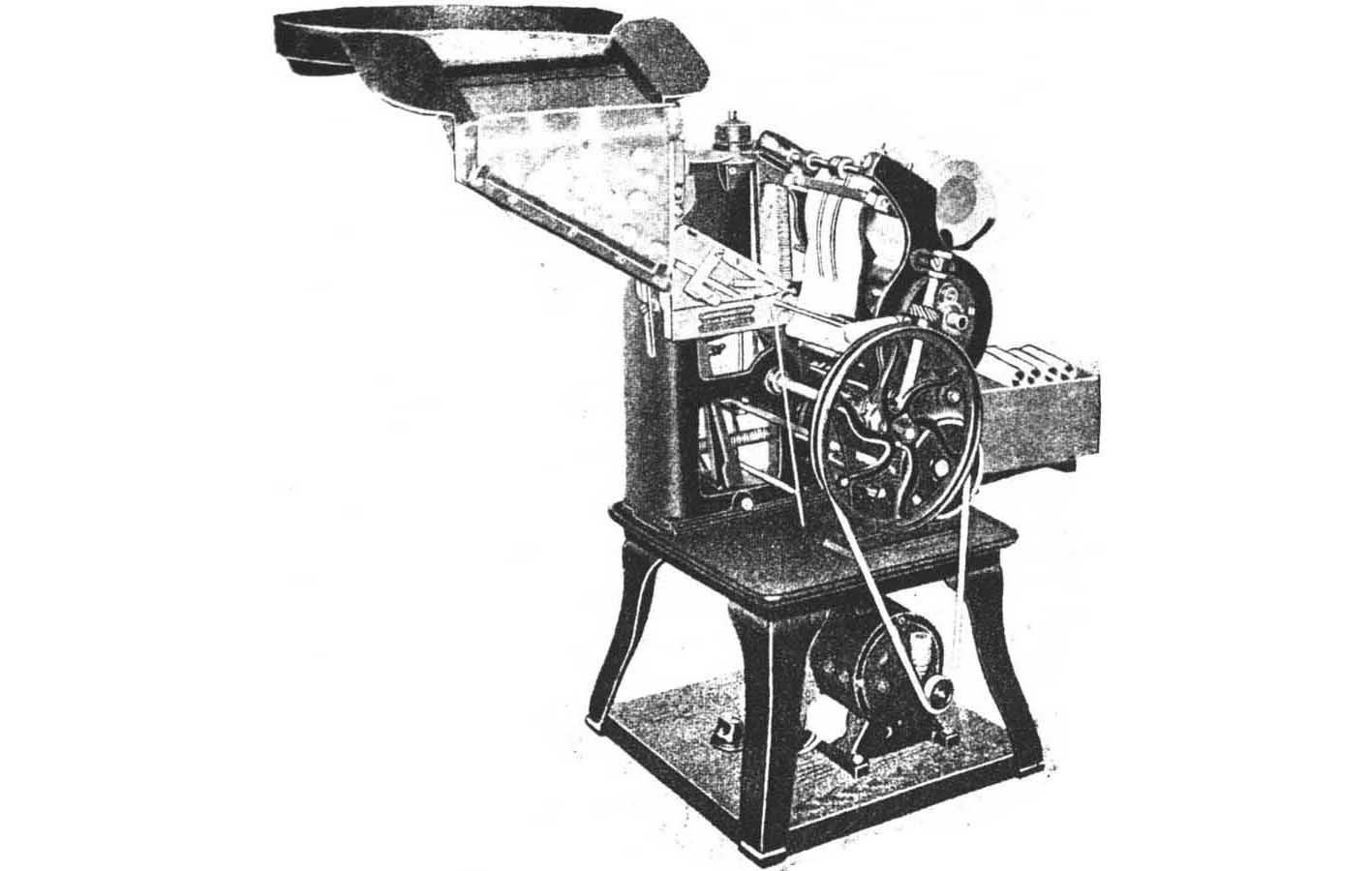

Devices of domestic production:
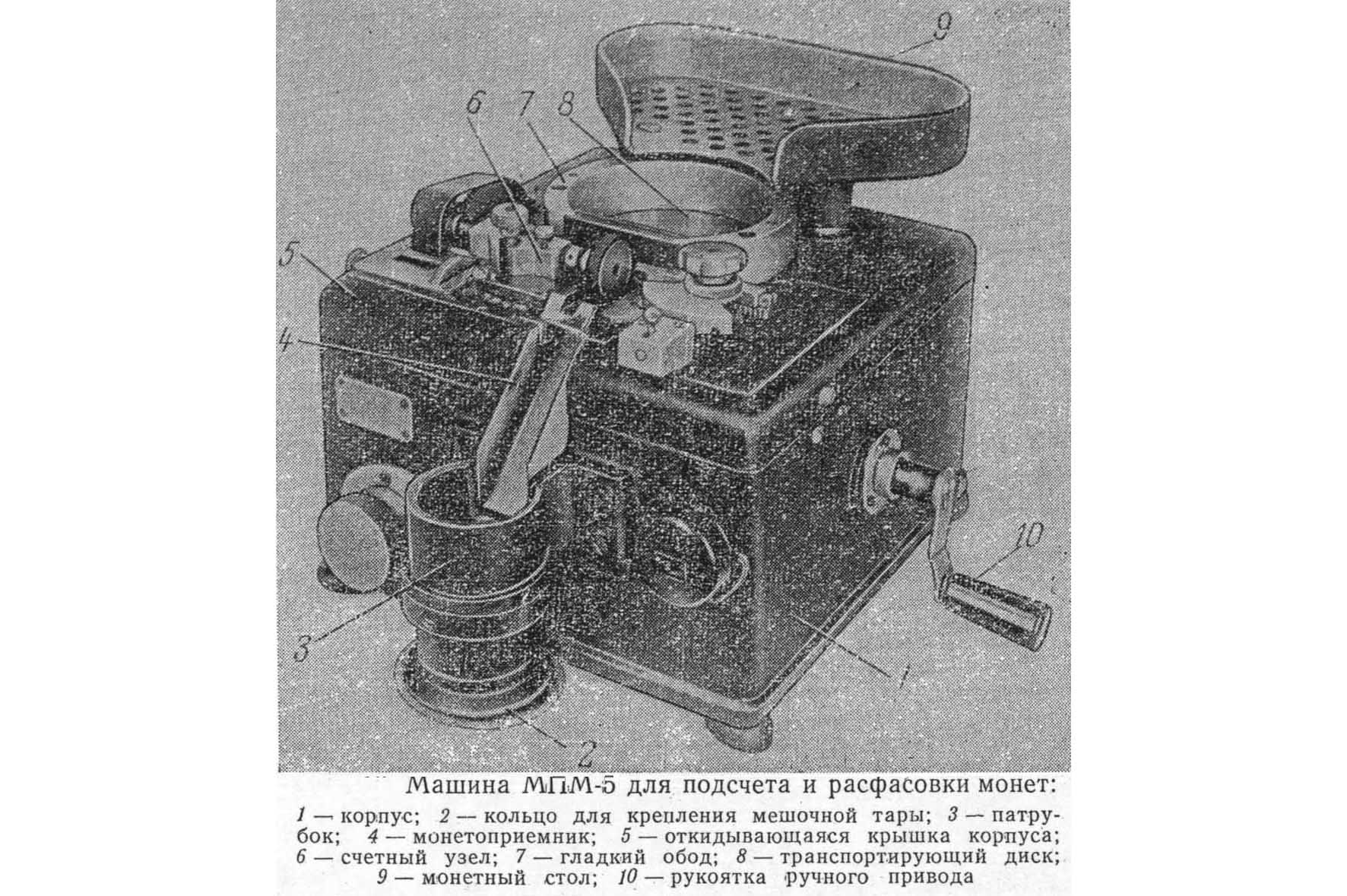
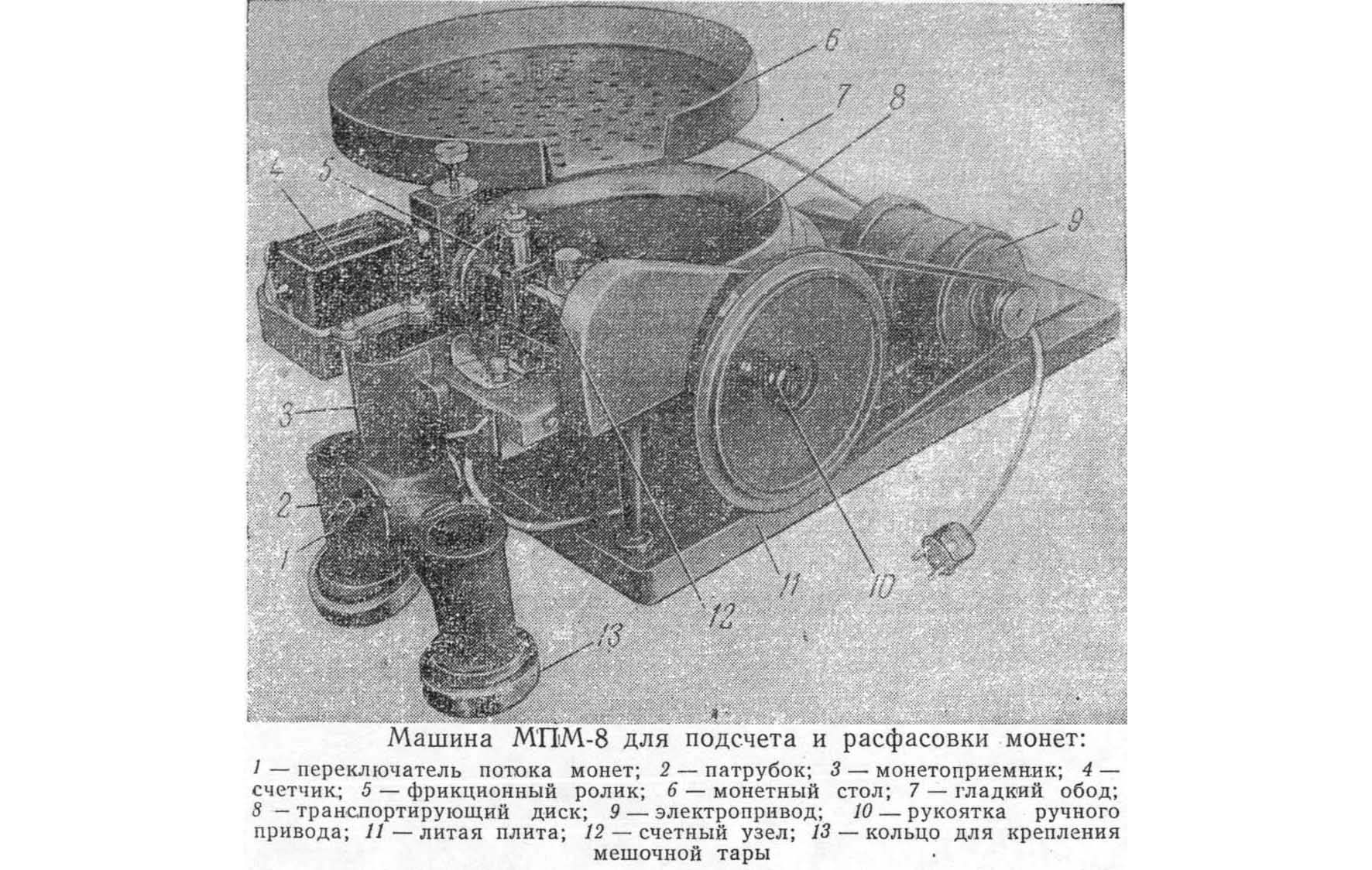

If I interpreted correctly, MPM is a coin counting machine, and MSM is a coin sorting machine.
For counting and packing notes, devices of a different design were required, naturally, but I don’t have their images. But there is an image of the device for checking the authenticity of bills - a quartz lamp :

Modern detectors are also based on the scanning of bills, as far as I know.
I have listed the basic equipment for working with money.
I don’t touch the equipment used for making minting of coins and printing bills : this equipment is special, it has no direct relation to money changers and moneylenders shaking their chests. Although such equipment also existed, it exists and will exist until monetary circulation is completely depreciated.
The final figures show the process of minting coins and the building of the mint in St. Petersburg:
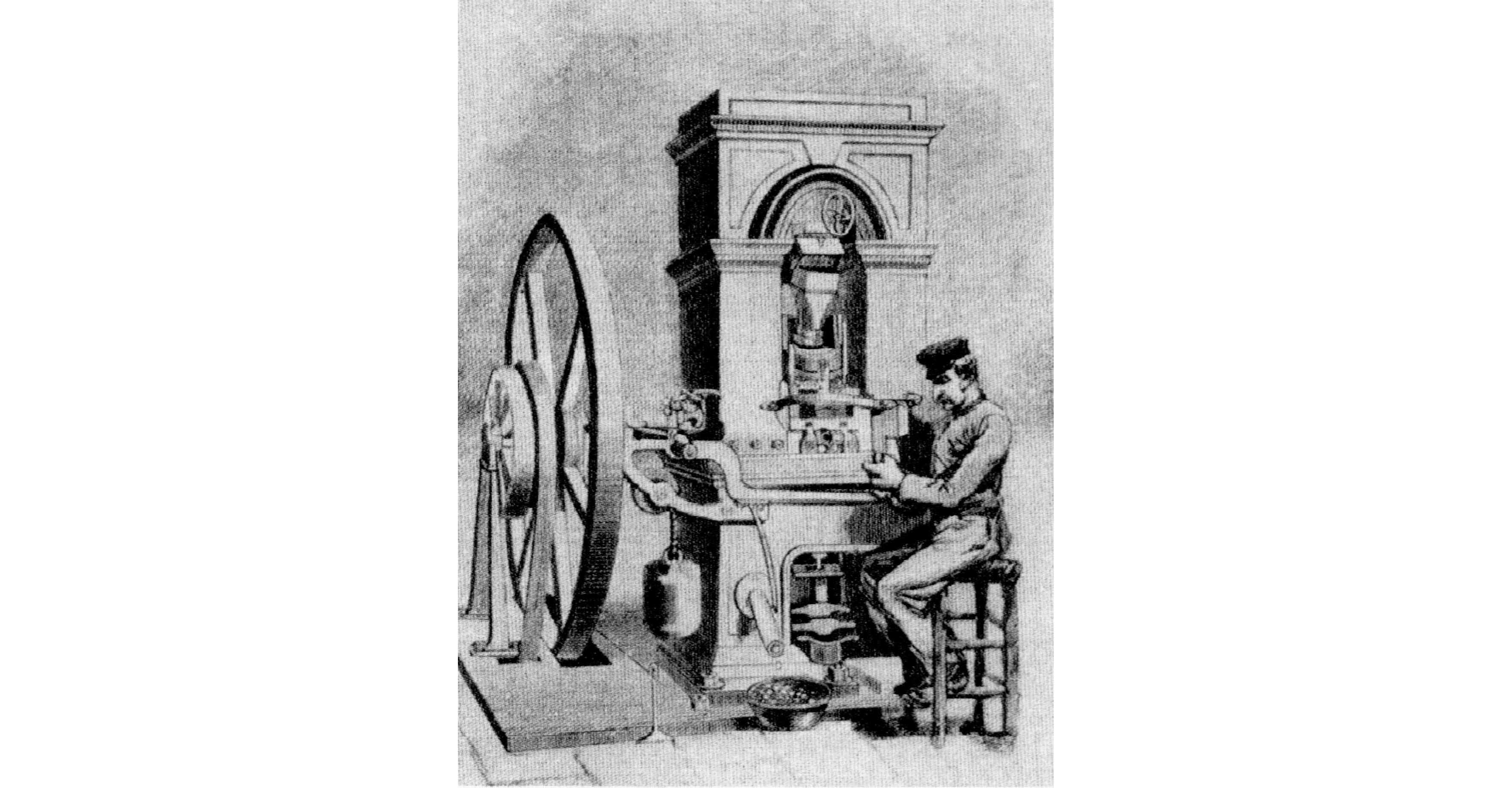

Source: https://habr.com/ru/post/185534/
All Articles